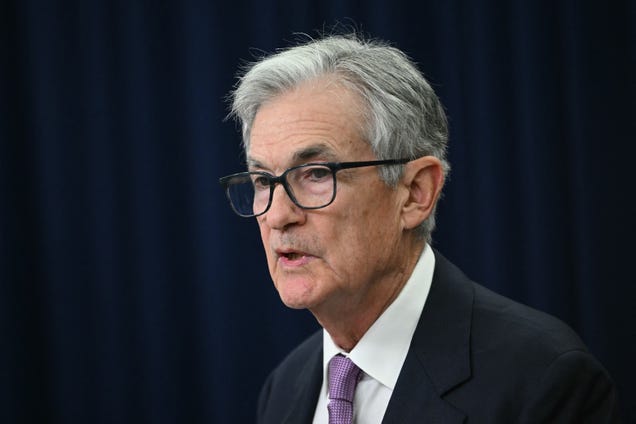Inflation ticks up slightly but stays consistent with Wall Street’s expectations

In This Story
Inflation sped up slightly in October, but fell in line with expectations on the heels of the Federal Reserve’s second consecutive interest rate cut.
Suggested Reading
How AI is helping advertisers pinpoint exactly what we want
Suggested Reading
The consumer price index, a measure of the average change in prices for consumer goods and services, grew 2.6% on an annual basis last month, the Bureau of Labor Statistics said Wednesday. That was consistent with Wall Street expectations, according to estimates compiled by FactSet (FDS0.00%).
October’s reading was up from a 2.4% annual rate in September. Prices grew at a rate of 0.2% from a month prior, also in line with consensus expectations and the same increase as in the previous three months.
More than half of the price increases were driven by shelter costs, which rose 0.4%.
Prices for all items excluding food and energy, known as core CPI, grew 3.3% for the 12 months ended October. The index rose 0.3% in October, as it did in August and September.
“The sticky components of inflation continue to ease, giving the Fed some leeway to cut rates next month but they will most likely pause in January,” said LPL Financial (LPLA0.00%) chief economist Jeffrey Roach. He noted that continued strength in some consumer spending is keeping upward pressure on prices.
The Federal Open Market Committee voted to lower interest rates by 25 basis points last week. That came on the heels of a jumbo, 50-basis-point decrease in September — its first cut in more than four years. The federal funds rate is now sitting at 4.50%-4.75%, with Wall Street expecting one more cut this year and several more reductions through 2025.
Fed Chair Jerome Powell said during a news conference last week following the decision that the central bank remains confident in the strength of the labor market, as well as in inflation’s steady decline toward its target of 2%.
“The economy is strong overall and has made significant progress toward our goals over the past two years,” Powell told reporters. “We continue to be confident that with an appropriate recalibration of our policy stance, strength in the economy and the labor market can be maintained with inflation moving sustainably down to 2%.”
Inflation has, for the most part, continued to trend downward. The Fed’s preferred inflation gauge, the Personal Consumption Expenditures (PCE) index, slowed to an annual rate of 2.1% in September, the Bureau of Economic Analysis said late last month.
The U.S. economy added just 12,000 jobs in October, well below Wall Street expectations and plunging from a 12-month average of 194,000, according to recent data from the Bureau of Labor Statistics (BLS). Much of that was attributable to temporary economic shocks from hurricanes and a massive work stoppage at Boeing (BA0.00%).
The BLS also revised August and September job creation downwards by 81,000 and 31,000 jobs, respectively. The unemployment rate held steady from September at 4.1%.
“The labor market has cooled a great deal from its overheated state of two years ago and is now essentially in balance,” Powell said last week, justifying the continued rate cuts. “It is continuing to cool, albeit at a modest rate, and we don’t need further cooling.”



